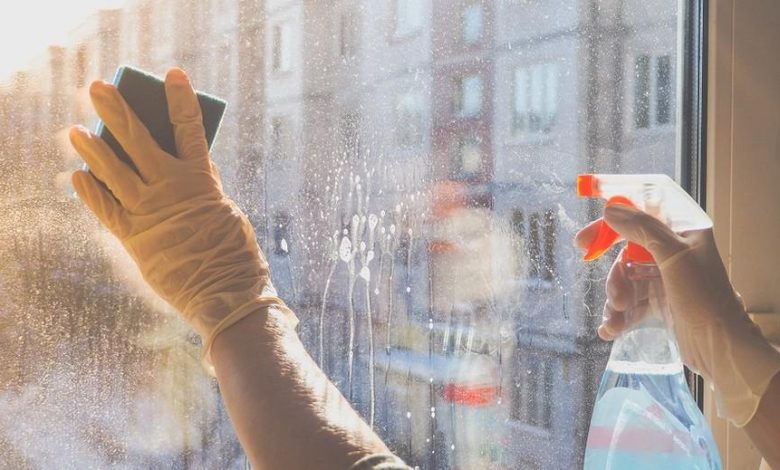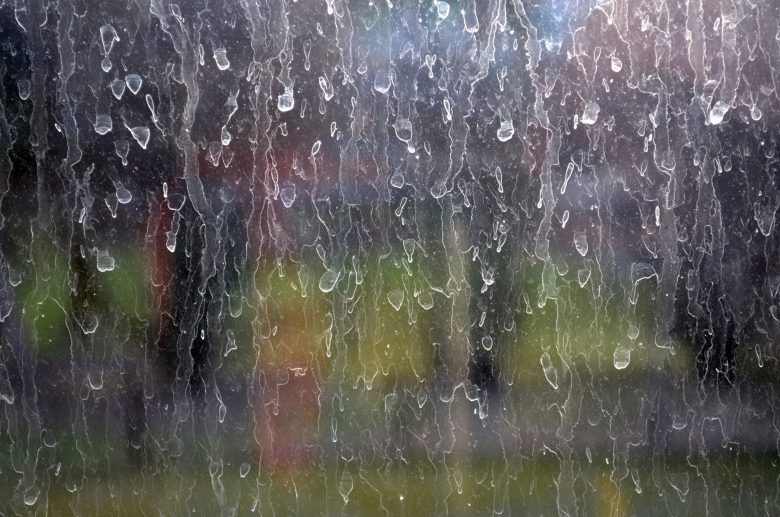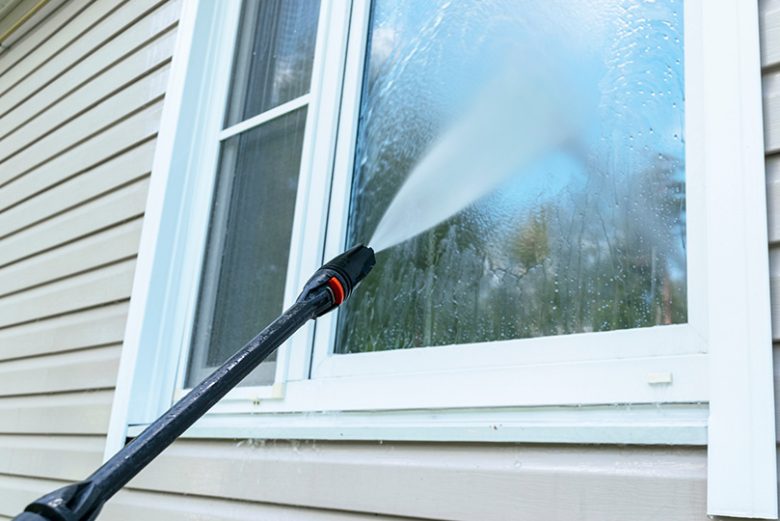How to Wash Windows Properly and Without Streaks: Expert Tips

Summer is a time of sunshine, fresh air and open balconies. And, of course, clean windows. For those who are going to wash their windows, we have prepared a step-by-step guide, tips and recommendations for perfectly clean windows.
In order for your windows to retain their transparency and let in enough sunlight, regular, high-quality, and comprehensive cleaning of your windows and frames is essential. We have gathered practical tips and recommendations for window care for you.
By the way, if you suddenly live on a high floor or just do not know how to clean windows well, then you can always help a cleaning company – https://www.livecleantoday.com/services/window-cleaning-services.
A reliable company that will take care of everything concerning your windows.
Clean the frames and hardware
If you wash the glass first and then the frame, a clean window can leave stains and streaks.
Therefore, first apply a soapy solution or all-purpose cleaner on a sponge and go over the entire frame, including the ends. Don’t forget to wipe down the handles and pay special attention to the inside corners between the glass and the frame because a lot of dirt accumulates there.
Safety first
Choose a sturdy and stable ladder to reach high windows. Make sure it is not loose or damaged. If the ladder has been repaired recently, check the repairs again and only then go up and start cleaning windows.
Be careful to choose the right glass cleaning equipment, glass ties, rubber bands, telescopic rods, glass scrapers and replacement blades. Sure, supermarkets can offer you a huge selection of window cleaners, wipes, rags, and wiping materials, but make sure you look for a product with less chemicals and toxins. It’s not just about caring for the environment and your overall health. If you get dizzy from toxic detergent fumes, you could fall down the stairs.
Specialist tips for window and hardware maintenance
Sash movement depends on the condition of fittings. Mechanisms will work properly if after cleaning they are lubricated with mineral oil with anti-corrosive properties, silicone or graphite grease, WD-40. It is better to use special products for PVC profiles, seals and hardware. After the application of the product on the hinges, mechanisms, locks and fixtures, you need to open and close the sash several times to penetrate oil into all parts.
To prevent the seals from cracking from drying out and to provide thermal insulation, they should be lubricated with glycerin or silicone grease. This should be done at least twice a year. Timely cleaning and lubrication will extend the life of the mechanisms and keep the seal in good condition.
To ensure that the seals do not crack from drying out and provide thermal insulation, they are lubricated with glycerin or silicone grease. These procedures should be performed at least twice a year. Timely cleaning and lubrication will extend the life of the mechanisms and keep the seal in good condition.
How to wash windows from both sides at height
Cleaning windows at height is a difficult task. It is not pleasant to stand on a chair or ladder and wash the glass from the outside. The procedure will take a little time and will not cause inconvenience if you use a window cleaner with a sliding handle. The device is lowered into a container of detergent and the glass is washed. Then the mop is rinsed in clean water, and soap residue is removed from the glass. Moisture is removed from the clean window with a squeegee, and the surface is sanded with a microfiber.
Washing the windows from both sides with a magnetic brush will avoid streaks and rub the glass to a shiny finish. The product consists of two brushes with magnets that are attached to the outer and inner side of the glass pane. The textile surface of the magnetic device distributes the detergent on the glass, the scraper removes the liquid.
Clean up the dirt

If your window is very dirty, especially on the outside, it’s best to use soap and water before wiping it down with a window cleaner.
Wipe the surface with a sponge and soapy solution, then a sponge dipped in water, and wipe off any remaining liquid with a dry, reusable cloth, dry sponge, or rubber window scrubber.
Wipe down blinds with kitchen tongs
Lots of dust and dirt accumulates on blinds, and it’s a good idea to clean them before you clean your windows so you don’t let the job go to waste. But cleaning each plate is very tedious.
To make the task a little easier, you can take culinary dish tongs, wrap each half with a microfiber cloth or reusable wipe, and secure with a clerical rubber band. This design makes it easy to wipe both sides of each plate at once.
How to clean windows after repairs
In order not to think about how to wash windows after repairs, looking at the design in stains of glue, mortar or foam, you should take care in advance to protect the window. Before you begin the repair work, you need to completely seal the window, using painter’s tape and plastic wrap. If the construction has been installed recently, you can simply not remove the protective film from the profile.
Pay attention! The film can remain on the profile for no more than 3 months. After that, the adhesive starts to polymerize and it will be almost impossible to remove the film from the window without staining it.

Sometimes the protection is not effective enough. Then you have to figure out how to wash plastic windows when stubborn dirt appears:
It is better to remove plaster before it dries. If the mortar holds firmly – you need to put a damp rag on top. Soaked plaster can be removed from the profile or glazing unit without leaving a trace.
Plastic cleaners are used for glue mortars and assembly foam. They can cope with dirt that is difficult to remove, but they must be chosen and used with care. There is a risk of damaging the profile itself.




